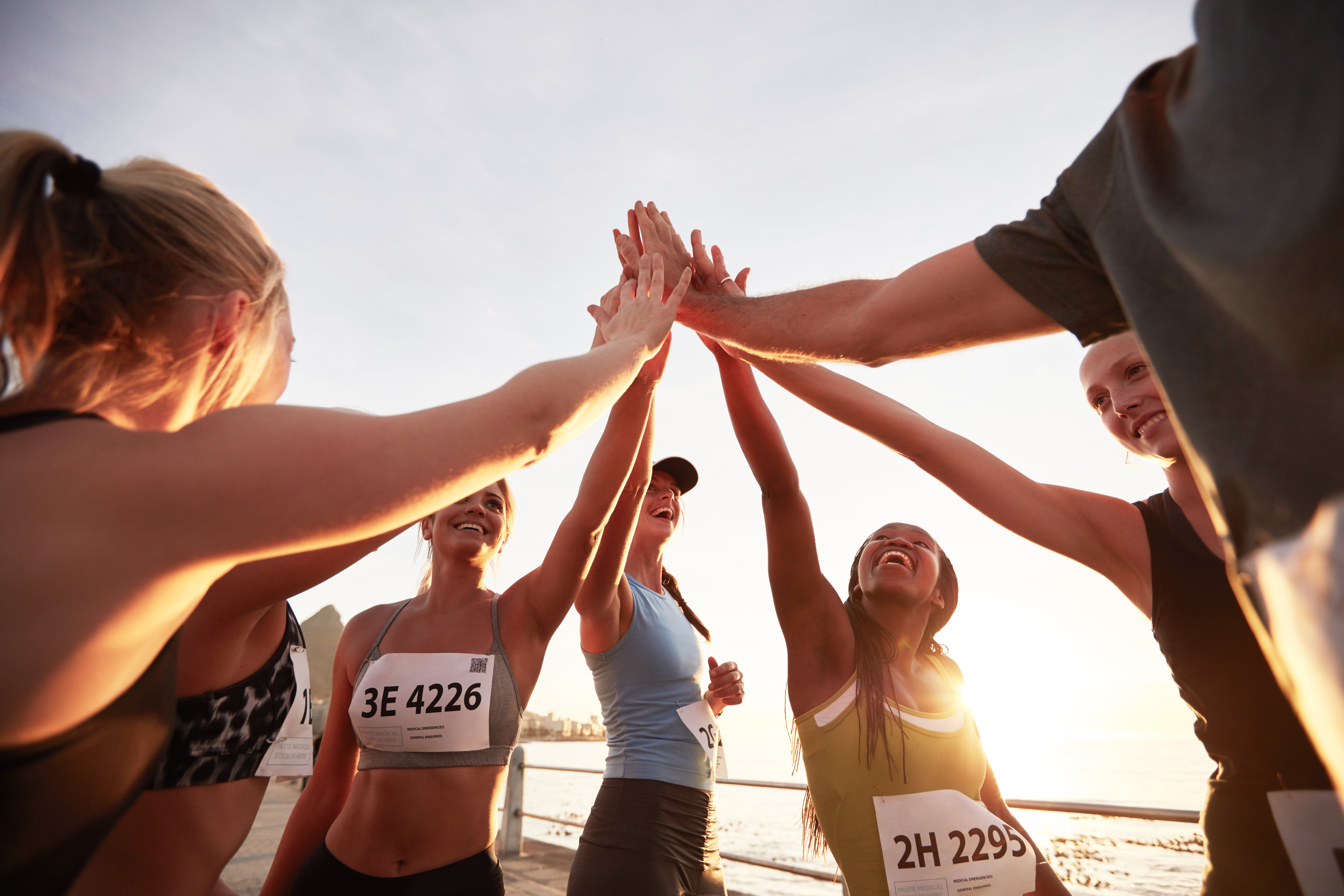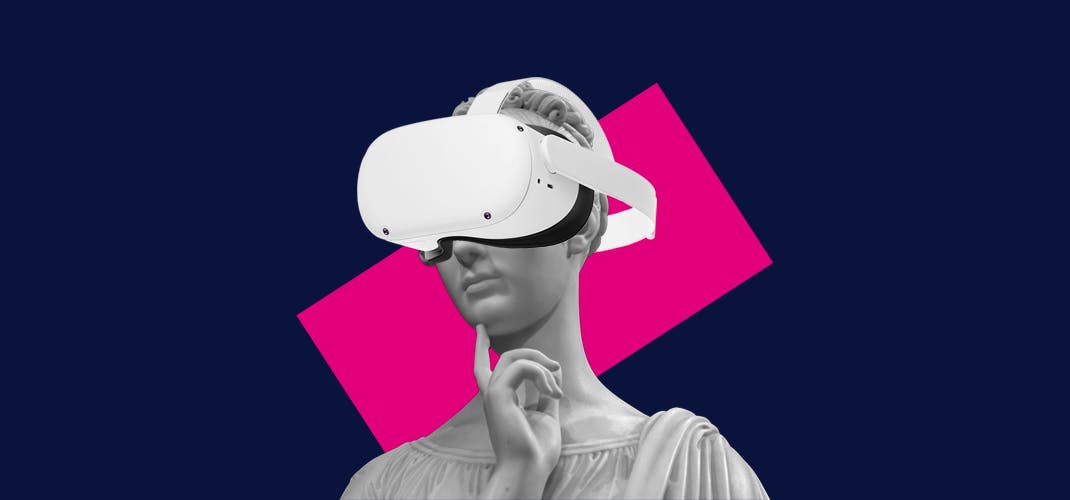Here are 5 actors making waves in tech at Web Summit 2023
These five famous actors are more than just stars of stage and screen. They each bring unique expertise ...

The barriers to women participating in sports, particularly in developing countries, can be insurmountable, even for athletes in otherwise privileged social and economic situations.
There are a number of factors influencing this lower level of participation.
As society’s most frequent primary caregivers, women often lack the time and alternative-care options to join sports clubs. Lower wages can also affect women’s ability to join sporting clubs, and personal safety concerns when travelling to and from sports facilities can also discourage women from participating.
Further barriers to women’s participation in sport have often come from within the sports world itself – from the very institutions running sports competitions. For instance, a lack of funding in women’s sports is common, regardless of the sport or location.
Generally speaking, sports funding is proportionate to how widely followed that sport is. For example, football is the world’s most popular sport, with FIFA estimating five billion fans. The majority of those fans follow men’s football exclusively and, as such, more funding is assigned to the men’s game than the women’s.
This is reflected in the event budgets for the FIFA World Cup 2022 (men’s contest) and FIFA Women’s World Cup 2023: US$1.6 billion and US$395 million, respectively.
One potential way to address barriers to participation is by running women’s sport in the same way as men’s.
Sarah Gregorius, a director at the FIFPRO representative body for professional footballers, said that, while “the ‘product’ of women in sport … has been around for a really long time, now we’re having more and more conversations that reach more and more people around professionalization; around discussions on the way that the game should be run. Should it be run similar to the way that it’s done on the men’s side? … Maybe it’s time for a different type of conversation, and hopefully a more sustainable conversation in the long run”.
Another way to increase participation is by investing more money in women’s sport, increasing the quality of events and the number of fans, which will in turn raise the demand for funding.
Already, “more professional opportunities are reaching more players, and the quality of opportunities is going up,” said Sarah. The Football World Cup in 2023 is set to be the biggest women’s sports event ever held.
Advertising pathways for young girls to join in on more sports could also play a huge role in increasing and supporting participation.
Professional race car driver Christine GZ had no idea as a child that racing professionally was even a possibility: “I had no direct route to become a driver. I couldn’t just pick up a racket or ball. So I thought, ‘if I become a mechanic, that can be my way in’. Studying engineering also helped, but you have to find your own way”.
A final action point is for women athletes themselves – across all sports – to continue to call out inherent bias in the world of sports so that existing blocks to participation are reviewed.
Portuguese Olympian Patrícia Mamona highlighted the need for women athletes to respond to questions about their ability to participate in sports not with words, but with actions. And there’s no better action than getting out and joining in.
Main image of a group of women athletes high fiving each other after a race: Jacob Lund/Shutterstock
These five famous actors are more than just stars of stage and screen. They each bring unique expertise ...

Gamer and YouTuber Niki Nihachu offers prospective gamers advice...